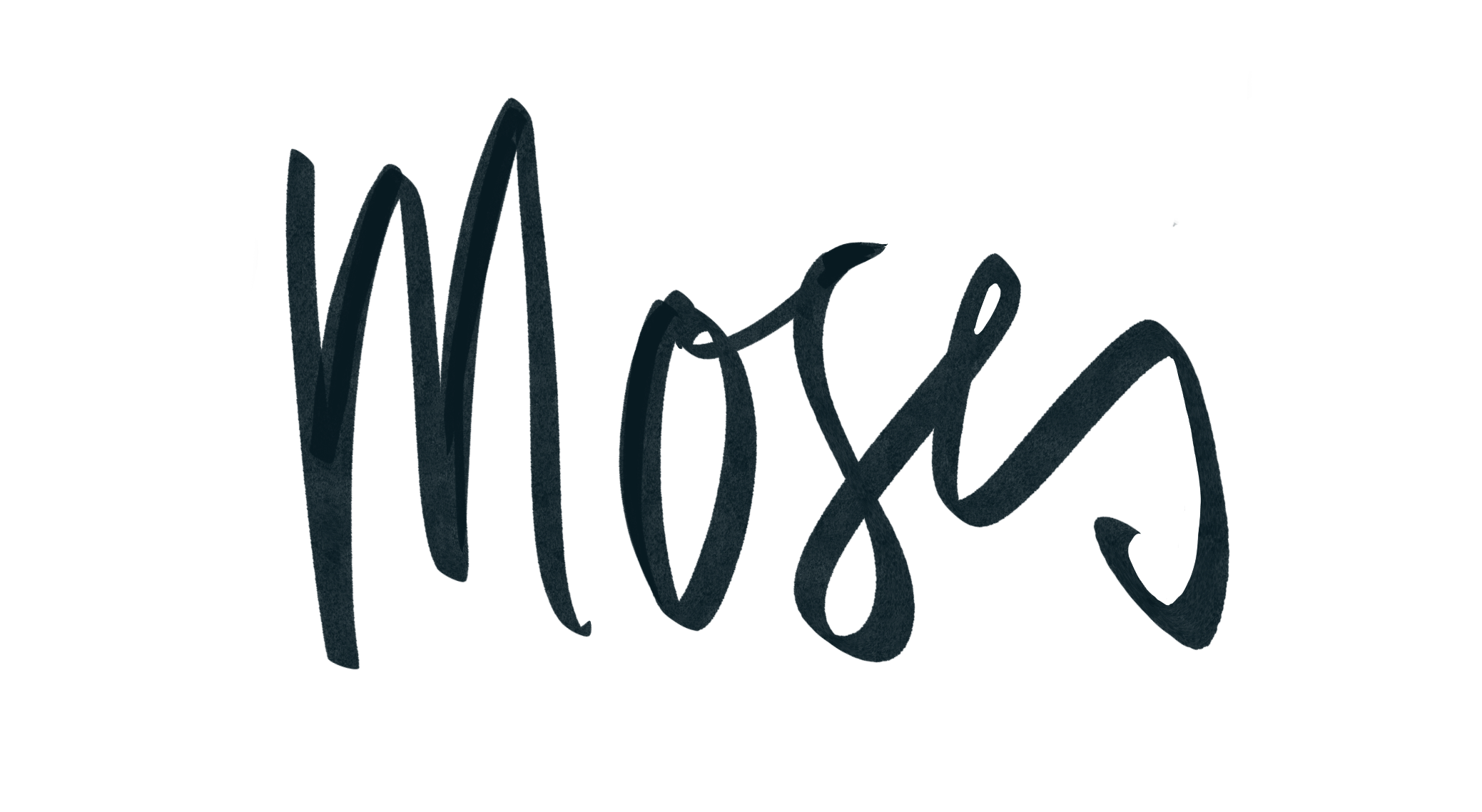“Knowledge is of no value unless you put it into practice.”
– Anton Chekhov (1860-1904)
Despite the 12 weeks dedicated to the two streams of this module I still feel I am at the very beginning of my understanding of the potential of practice-led research and the creative benefits of it. I think two key points for me in improving my knowledge and understanding of this concept is McNamara’s rule number one of limiting the use of the first person in research formulation (McNamara 2012). As McNamara goes on to explain this is counter intuitive to the self-expressive nature of creativity. The act of creating is a self absorbed one. Although we are influenced and inspired by other artists and practitioners the work we create can only come from our hand. Therefore, embarking on graduate study where the intention is to move to a higher level of creative practice it is a challenge not to default to the self-confessional. I have found the best way to combat this is to read. It can be a struggle as there is a strong pull of action over thought. I am still enamoured by Malcom Gladwell’s notion of ten thousand hours of practice making one an expert in their field (Gladwell 2008). Because of this time dedicated to reading and digesting written material as opposed to actively drawing is a struggle. That and the pressure to produce quickly and effectively mean that I have to make an extra effort to research, read and engage in written material on my relevant subject (s). I have been to many museums lately and my research has led me to a more enhanced experience of observing art than I feel I had before. The pictures I take are now part of my research to gain knowledge of colour, composition and figurative representation. Attending exhibitions of artists I don’t know, who may not be working in my field has helped me branch out of the usual online searches of reference images. A good example of this is the work of German photography Wolfgang Tillmans that I recently saw at IMMA, The Irish Museum of Modern Art in Dublin (Wolfgang Tillmans- Rebuilding the Future). I was not familiar with his photography and much of it did not resonate with me but because the museum was showing a large retrospective of his work, I was able to see the breadth of his work and how varied it was. The photographs that appealed to me and relate to my exploration of colour and composition were his abstract pictures (Fig 1-4) With so much political and social content in his photos it was a bit of a revelation to see a photographer dedicate time to abstraction. Reading more about his process he doesn’t see a discrepancy between the juxtaposition of social narrative content and abstract images. He states – “I want the pictures to be working in both directions. I accept that they speak about me, and yet at the same time, I want and expect them to function in terms of the viewer and their experience.” (IDEEL ART Blog 2017) Not only are they stunning the fact that they are photographic images make they all the more mysterious and compelling. The images are created with a camera- less process that involves playing with exposure and chemicals (IDEEL ART Blog 2017). Their scale and simplicity reinforced the power of these basic elements of my research of colour and composition.


The iterative design process is familiar to me because of my work in video games. I feel it is a good example of the cyclic nature of game development as well as practice-led research. Unlike the mind maps that were used at the start of our graduate study where the branches are visual suggestions of where our project may go, the cyclic web model is a visual diagram of how we might get there. Making this a non-linear visual reiterates the practice-led idea of inquiry and re-examination as opposed to a fixed path. Using the iterative diagram below as a guide I have outlined how I see this flow chart applying to my own practice-led research and methodologies.

At this stage in my project I do not see using any positivistic methodology but I remain open to the idea if it presents itself. I have outlined my broad research methodologies in the diagram below but some of the other traditional research methodologies I plan to use are:
- Participative Enquiry
In my attempt to maximize audience engagement in the narratives that I chose to illustrate I would like to engage my peers in a focus group assessment of the stories I have selected. Working within the ethics boundaries of graduate study I will create a questionnaire that will help me assess which stories lend themselves best to visualization as well as effective and interesting storytelling. This will lend some objectivity to the subjective selection of the stories I have personally chosen.
- Grounded Theory
Working with the research question – Is there a visual formula that can accurately convey the emotional journey of a story’s protagonist? I want to investigate this idea through my examination of the basic elements of colour, composition, pattern and figurative gesture to see if I can come to a theory that suggests what this formula may be. My examination of these image components will be through my own image creation as well as the examination of artists who have explored a similar line of inquiry.

SOURCES:
- McNamara, Andrew E. (2012) Six rules for practice-led research. Text : Journal of Writing and Writing Courses, pp. 1-15. Available at: https://eprints.qut.edu.au/54808/ (Accessed: 27 December 2018)
- Gladwell, M. (2008) Outliers: The Story of Success, Georgia: Little Brown and Company
- Barcio, P. (2017) IDEEL ART [Online] Available at: https://www.ideelart.com/magazine/wolfgang-tillmans (Accessed 3 January 2019)
- Brainy Quote (2010) [Online] Available at: https://www.brainyquote.com/topics/knowledge(Accessed 29 December 2018)

